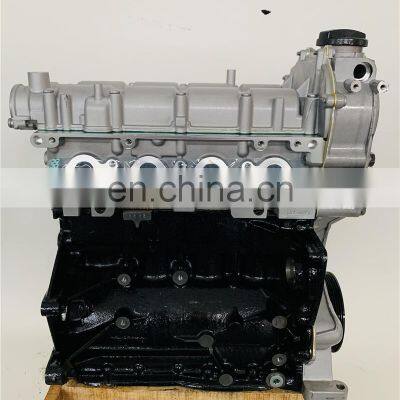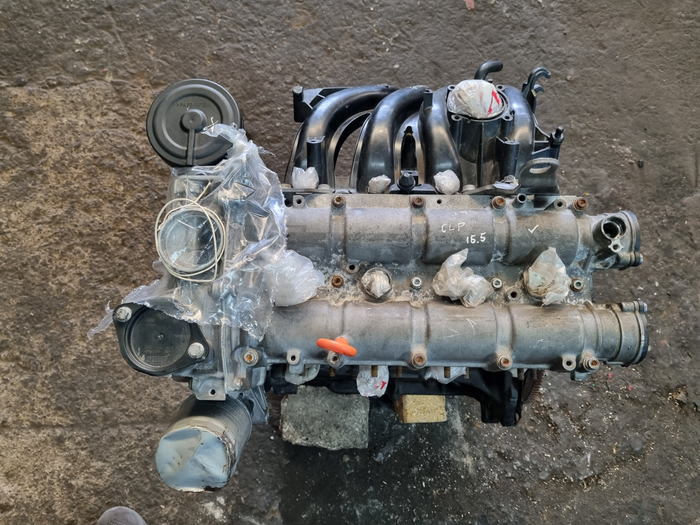How a Clp Engine Can Boost Effectiveness in Numerous Industries
The introduction of CLP engines notes a considerable shift in functional effectiveness across numerous markets, driven by their capability to enhance gas usage and reduce downtime. As companies significantly prioritize sustainability along with performance, the duty of CLP engines ends up being even a lot more vital.
Overview of CLP Engines
CLP engines, or Continual Liquid Propellant engines, stand for a significant development in propulsion innovation, specifically for area applications. These engines utilize a continual feed system that allows for the continual expulsion of propellant, resulting in boosted effectiveness and performance compared to traditional strong or hybrid propulsion systems. By maintaining a consistent circulation of fluid propellant, CLP engines can accomplish more precise drive control, which is important for maneuvering spacecraft in numerous mission scenarios.
The style of CLP engines incorporates innovative materials and innovative fuel management systems. clp engine. This results in decreased weight and raised integrity, essential variables for long-duration room missions. In addition, the continuous operation reduces the risk of burning instability, a common challenge in standard rocket engines.

Benefits in Manufacturing
The production of Continuous Fluid Propellant (CLP) engines offers numerous remarkable benefits that improve both effectiveness and cost-effectiveness. One of the primary advantages is the structured manufacturing process, which reduces the complexity associated with typical propulsion systems. By making use of fluid propellant, producers can achieve greater accuracy in engine efficiency, causing enhanced energy output and reduced waste.
Additionally, CLP engines promote a greater degree of modularity, enabling easier assimilation right into different manufacturing lines. This flexibility can significantly decrease lead times and enhance total functional flexibility. Making use of CLP technology also often tends to decrease the need for comprehensive maintenance due to fewer moving parts, which converts right into reduced downtime and functional prices.

Applications in Logistics
Leveraging Continual Liquid Propellant (CLP) engines in logistics provides considerable benefits in operational performance and integrity. These engines give a visit the website robust remedy for various transport requirements, enabling the seamless motion of goods across vast distances. The inherent layout of CLP engines enables regular power result, which equates into smoother and much more predictable transport timetables.
Among the crucial applications of CLP engines in logistics is in heavy-duty products transportation, where they can drive both ground and aerial cars. Their ability to keep high efficiency under varying load problems makes sure that shipment timelines are met, thereby boosting client fulfillment. Furthermore, CLP engines can be integrated right into automated logistics systems, assisting in real-time tracking and optimizing course planning.
Moreover, the sturdiness of CLP engines reduces upkeep downtime, enabling logistics companies to optimize their operational capacities. This is especially advantageous in warehousing procedures, where effectiveness in taking care of and moving products is critical. As logistics remains to evolve, the assimilation of CLP engines represents a forward-thinking strategy that not only boosts performance yet also sustains the industry's expanding demands for integrity and speed.
Influence on Energy Performance
How do Constant Fluid Propellant (CLP) engines improve Find Out More power efficiency in transport? CLP engines utilize a constant circulation of liquid gas, optimizing combustion procedures and keeping a stable thrust result. This design lessens energy losses connected with typical combustion engines, where gas distribution can vary and cause inefficiencies.
The continual operation of CLP engines enables a much more reliable thermal cycle, resulting in greater details impulse compared to standard engines. clp engine. This translates to minimized gas intake for the exact same quantity of job done, significantly reducing functional prices throughout various transportation industries, consisting of aeronautics and maritime industries
Furthermore, the capability of CLP engines to preserve ideal efficiency under differing lots problems lowers the need for frequent acceleration and deceleration, even more improving fuel effectiveness. Boosted power performance not only adds to set you back financial savings yet additionally brings about decrease greenhouse gas exhausts, aligning with global sustainability objectives.
Future Trends and Innovations
Arising developments in Constant Fluid Propellant (CLP) engine modern technology promise to revolutionize the landscape of transportation efficiency and sustainability. As markets pivot toward greener alternatives, CLP engines stand at the forefront, incorporating cutting-edge materials and design methodologies that boost efficiency while lessening environmental impact.
Among the most promising fads is the fostering of hybrid systems that combine CLP engines with renewable resource sources. This harmony can enhance fuel intake and minimize discharges, aligning with international sustainability objectives. Furthermore, developments in computational liquid characteristics (CFD) are assisting in the design of even more aerodynamically reliable engines, causing decreased drag and improved gas effectiveness.
In addition, the advancement of smart surveillance systems is readied to enhance functional efficiencies. These systems leverage data analytics and IoT technology to enhance engine performance in real-time, making certain that the engines operate within their most reliable specifications.
As research remains to explore alternative propellant solutions-- such as biofuels and see this page artificial gas-- the future of CLP engines looks appealing. By harnessing these technologies, industries can not just improve their effectiveness but additionally contribute considerably to a cleaner, extra sustainable future in transportation.
Final Thought
Finally, CLP engines represent a substantial development in effectiveness throughout several sectors. Their ability to enhance gas consumption and decrease functional prices, integrated with a continual feed system, enhances power output and operational dependability. The assimilation of advanced materials and less relocating parts minimizes maintenance needs, while placement with sustainability goals settings CLP engines as a pivotal modern technology for the future. Continued technology in this field guarantees more improvements in effectiveness and ecological performance.